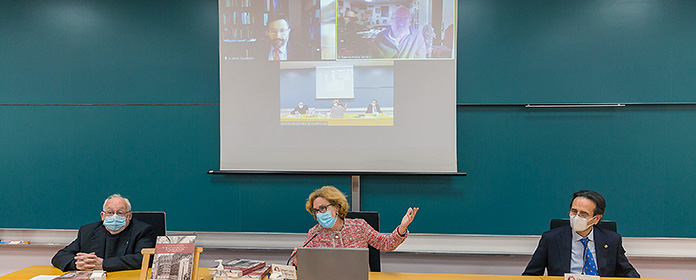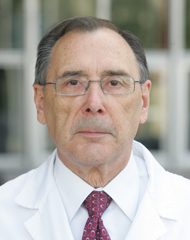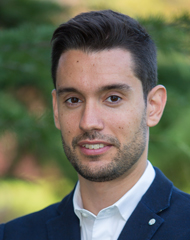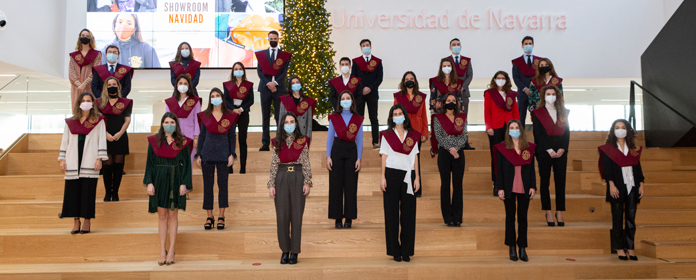More than 750 students of ESO and high school diplomastudents at the Science Weeks at the University of Navarra.
"Science against crime", position the professor of Biochemistry Iñigo Izal, has Closed the cycle of talks of knowledge dissemination.
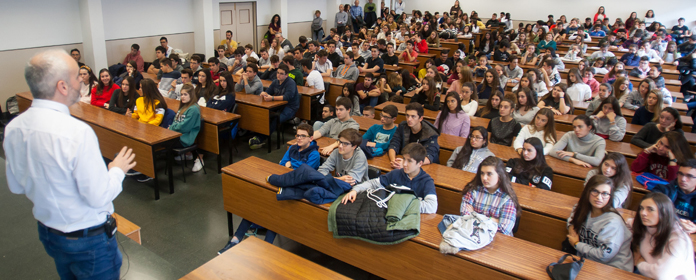
The Science Weeks have been Closed at the University of Navarra with the lecture "Science against crime", given by the professor of Biochemistry Iñigo Izal. In total, more than 750 students of ESO and high school diploma from 15 schools in Navarra have participated during these days in the workshops "Touch Physics, Chemistry and Biology" and have performed experiments in Microbiology; they have been able to visit the Science Museum and attended some of the four lectures on science and knowledge dissemination open to the public.
The last of these, "Science against crime", has served its author to explain, through some curious historical cases, how using DNA manipulation techniques it is possible to determine the origin of biological samples. "The story begins in 1968," says Professor Izal, "with the murder of Claire Joseph. In those years little could be done with a sample of biological origin in a criminal research , apart from determining the group blood. In the talk we have used this case because, thanks to the fact that the blood groups of the victim and the murderer were the rarest in the population, the perpetrator of the crime was caught".
"The idea with lecture is for students to understand that for a DNA analysis to be useful we need to determine or measure "something" that makes us unique. That is, that its frequency in the population is so high leave that my fingerprint Genetics cannot be shared by anyone else," he says.
From the first DNA fingerprint to modern analysisThis breakthrough came in the 1980s, with the description of the main DNA manipulation techniques. Genetics "In lecture we have told the story of how Sir Alec Jeffrey succeeded in making the first DNA fingerprint, using the blood of a colleague of his and her parents. From that moment on, several lawyers began to contact him at contact and genetic analysis entered the field of forensic subject , through an immigration case and another case involving the murder of two teenagers in which, for the first time, a person guilty of murder was arrested thanks to DNA analysis", explains the professor at School of Sciences at the University of Navarra. At the end of the lecture, he explained to the students how modern DNA analysis is currently carried out by the scientific police.
The more than 750 students of ESO and high school diploma who have participated this year in the Science Weeks activities of the University of Navarra came from the following schools: Luis Amigó, Ikastola Paz de Ziganda, Dominicas, IES place de la Cruz, Jesuitas, Teresianas, IES Padre Moret, IES Sangüesa, Santa Luisa de Marillac, CIP Donapea, IES Caro Baroja, Notre Dame, IES Berriozar, Liceo Monjardín and IES Basoko.

